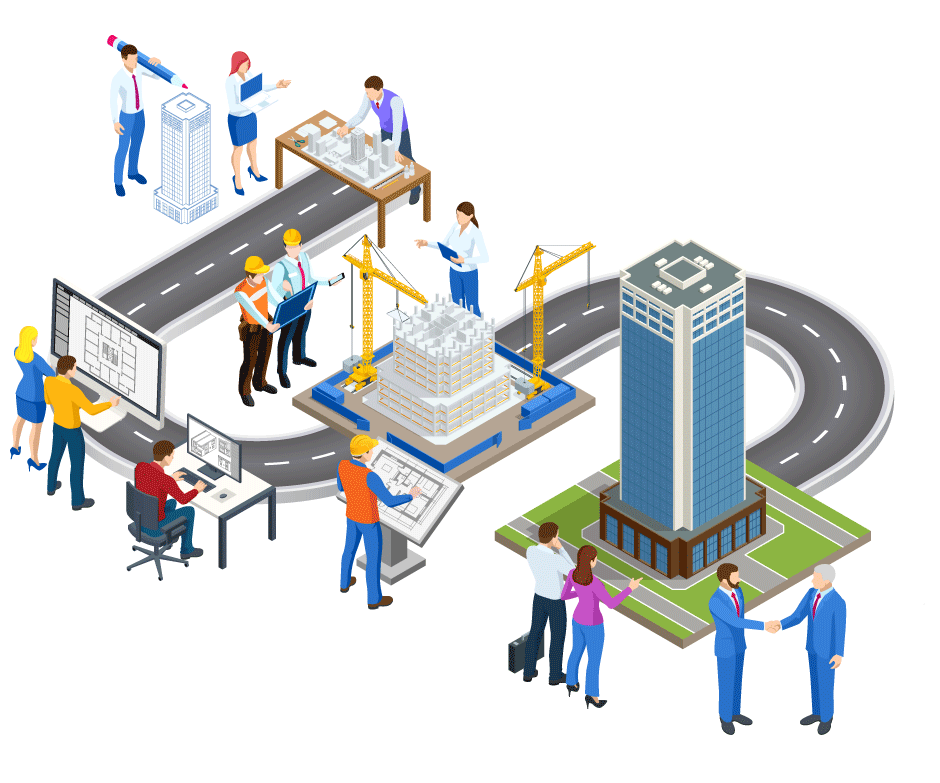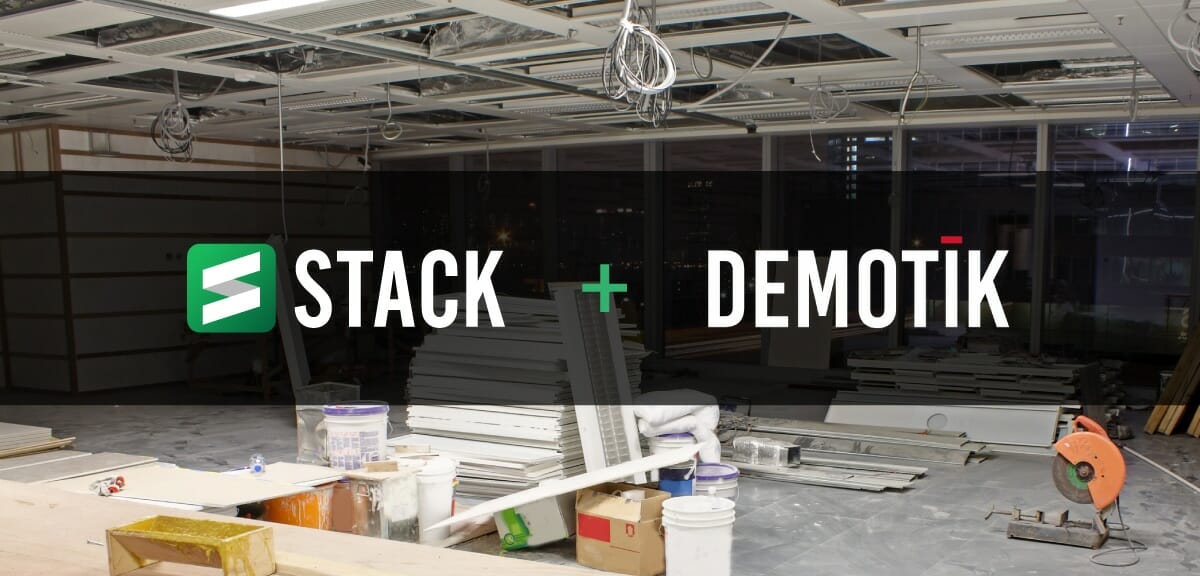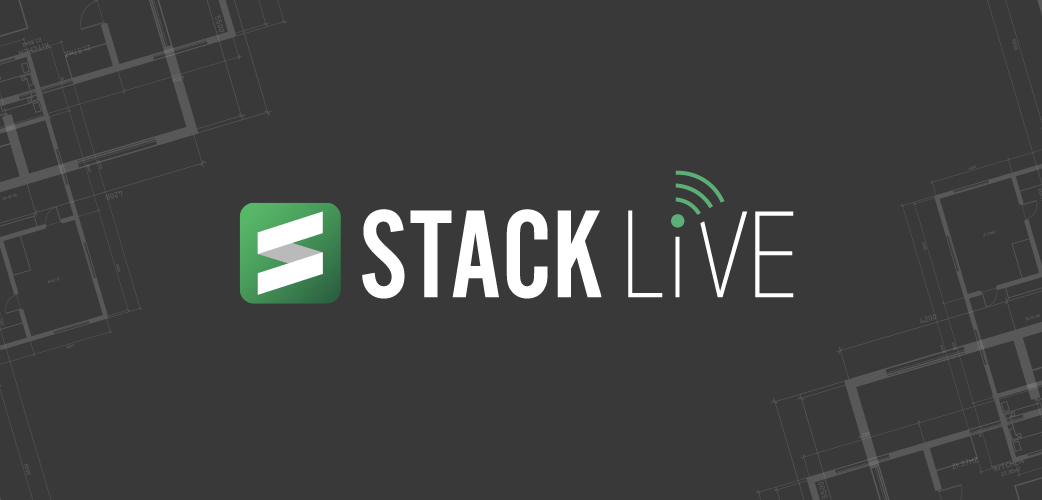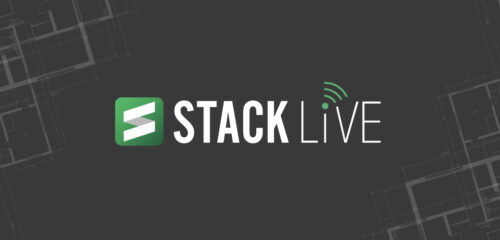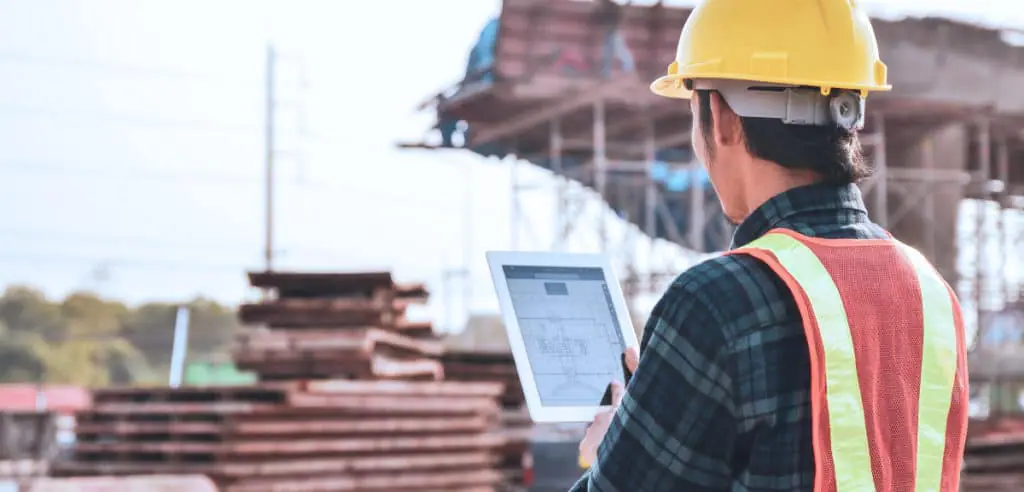
We all know the digital revolution is here to stay, especially after seeing the effects of remote work during the COVID-19 pandemic. Even reluctant construction leaders are realizing that harnessing the speed and accuracy of digital workflows is not only worthwhile, but critical to growth and competitive advantage.
But technology isn’t only about accomplishing manual processes faster and eliminating paper waste (although those are important benefits). It’s also about what it empowers teams to do together – even when physically apart.
So, is your team using the best technology for collaboration? Now is the time to ask hard questions like:
– Are data silos affecting your budget?
– Could better communication improve your timelines?
– Could increased collaboration reduce safety incidents on the jobsite?
Let’s take a look at how effective communication during the construction phase of a project can result in benefits to your budget, safety, sanity, and timeline.
The Problem with Inaccessible Data and Your Budget
When there’s only one person on your team with access to job site data, communication is slow at best and that isolation causes unnecessary obstacles. Waiting for a project manager to access plans at a job trailer or back at the office can lead to major productivity delays. This work halt causes loss of profitability and affects your future job schedule.
Construction projects are also constantly evolving. Revisions and change orders can occur multiple times during the scope of a project. If data is only accessible from one location or person, the risk of working from old plans and requiring rework increases.
For example, an electrician working off an old print has wired in a bathroom with recessed lighting and GFI outlets, as well as the GFCI breaker on the main panel. What they didn’t know is that bathroom was eliminated from the plans completely. Not only do they have to take time to undo the work, they also lose money on labor and material.
Better Communication Equals Fast-Tracked Timelines
1. Focus on the plans you need access to.
If you’re a roofer, you don’t need to be working off of the full 100+ pages of plans for a project. Get access to what’s specific to your trade and save time focusing on relevant data only.
2. Organize all your data in one place.
If you’re not using technology to organize your data, you are playing a constant game of search. Searching through emails for photos, your computer for plan files, playing phone tag with the general contractor to get updates on revisions. One source of data means better communication and no delays.
3. Stay connected, even when you’re not in service.
Construction sites frequently have no cell service or very poor internet access making technology like pure cloud-based solutions useless. Have your data accessible at anytime, anywhere.
4. Streamline your approval process.
The job does not go on without a signed permit. When all the stakeholders in a project don’t communicate or have the same information at hand, the approval process slows down exponentially.
From subcontractors to general contractors to owners, everyone needs to be on the same page to complete each phase. Make sure you can share your job documents outside of the organization as well.
5. Communication builds confidence in your team.
As a leader, you need to inspire from the top down. If you are using tools that don’t effectively share information, your team will quickly become frustrated. Productivity drops when people lose confidence in you and your business. You risk losing skilled workers. Make sure to retain top notch talent by using innovative technology and keeping morale high.
6. Have a strong issue management system
The owner or project manager needs to share punch list items with everyone involved in the project. Those fixes also need to be communicated in an organized way and scheduled properly. Mechanical trades need to work before the finishing crew.
For example, if there is a pipe leaking or lack of power to an electrical outlet you want that fixed prior to the drywall crew coming in and closing that area, or your finishing subs risk doing double the work. An organized and well communicated punch list will help avoid these pitfalls.
7. Know who you’re working with.
It doesn’t matter if you’re building a 3,000 sq ft home or a college campus that spans 50 acres, you need to know who is coming on and off the jobsite. Keep track of all contacts in one place so you can get quick answers or updates.
Collaboration on the Job Site Saves Lives
According to the U.S. Bureau of Labor Statistics, the construction industry is ranked number one in fatal work injuries. That is an alarming stat, but more importantly an avoidable one.
How will you reach everyone on (and off) your job site to disseminate vital safety information? Traditionally, contractors will call a safety meeting. But word of mouth is slow and inefficient. Once the message to congregate finally gets across the job site, you’re waiting for everyone to gather at the meeting location. That lag time could be detrimental if there is an emergency.
Another dangerous situation is lack of collaboration with job scheduling. Construction projects are constantly being modified, and if subcontractors aren’t being updated with changes you can have people working on top of each other. There are major hazards if there isn’t enough room for people to do their job and they are working in unsafe conditions. Imagine a drywall crew is installing sheetrock on a 24ft cathedral ceiling while the flooring crew is mortaring and laying tile below. What happens if a 50lb sheet fell from the scaffolding?
How to Improve Collaboration with New Technology
– Use mobile cloud-based software to make quick decisions in real time on the job site. A software like STACK Build & Operate gives you the ability to collaborate in the field with instant document tracking.
– Get all your data in one place. Plans, revisions, photos, tasks, notes, and approvals under one umbrella streamlines the entire job. Access to backlog of communication and changes gives you the ability to track project progress.
– Make sure you’re able to access data in both connected and disconnected states. Ensure you can download critical information, like plans, to your tech solution since job sites are frequently off-the-grid.
– The platform you choose should allow access to revisions, with features like side by side and overlay plan comparisons. Pivoting quickly on these changes will save you time and money on your project and keep everyone up to date with new versions.
– A mobile platform can provide real-time updates for emergency alerts and safety procedures. Reducing safety incidents will improve employee satisfaction and retention as well as overall quality and industry reputation.
– There are also times that you need information fast, or it could become a safety issue. Look for a platform that searches for words in your plans, allowing you to extract data quickly and find the exact location on a job site needing immediate attention.
– The job doesn’t end for the owner when your work is done. The software you choose should give access to as-builts after job completion, allowing better collaboration for future contract work.
Want to learn more about what STACK Build & Operate can do for your business?

